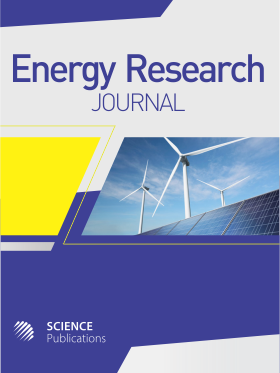A New Approach to Model Concentrating PV Cells Under Non-Uniform Illumination
- 1 University of Nottingham, United Kingdom
- 2 University of Science and Technology of China, China
- 3 Hubei University of Technology, China
Abstract
Concentrating PV (CPV) cells are often designed optimally depending on solar concentrator characteristics and operating conditions to ensure the best system performance. Before reaching a PV cell, solar radiation may experience some optical losses caused by the different physical phenomena occurring in a solar concentrator. A particular issue with the CPV technology is the non-uniformity of the concentrated radiation, which will cause power dissipation and reduce the overall efficiency of the PV cell. Considering this issue and understanding of its effect is significant in PV cell design and optimization. This paper presents a new approach for modeling PV cell under non-uniform illumination condition, in which a PV cell is represent by an equivalent array of cell splits. The main advantage of this approach is the possibility to express each cell split voltage as an explicit function of the current by using the Lambert-W function. The output characteristics are simulated and analyzed using proposed simulation approach built in MATLAB/Simulink platform. Through the analysis of the results, a comprehensive expression of the PV cell under non-uniform illumination could be present.
DOI: https://doi.org/10.3844/erjsp.2017.37.46

- 3,803 Views
- 1,999 Downloads
- 24 Citations
Download
Keywords
- CPC
- CPV
- Cell Splits
- Array
- Non-uniform illumination
- MATLAB/Simulink
- Lambert-W Function
